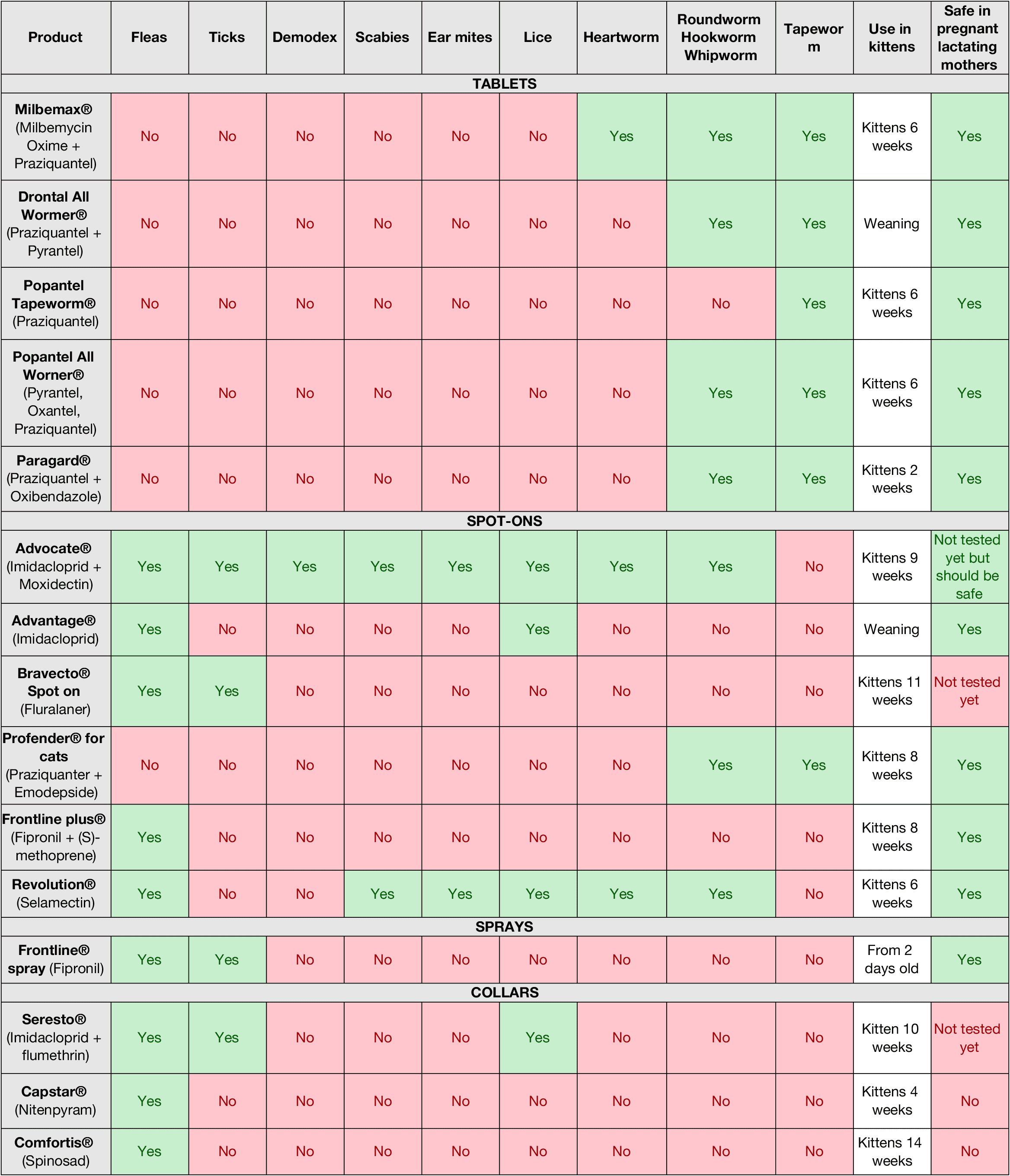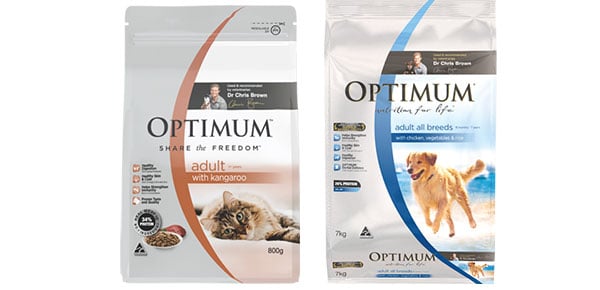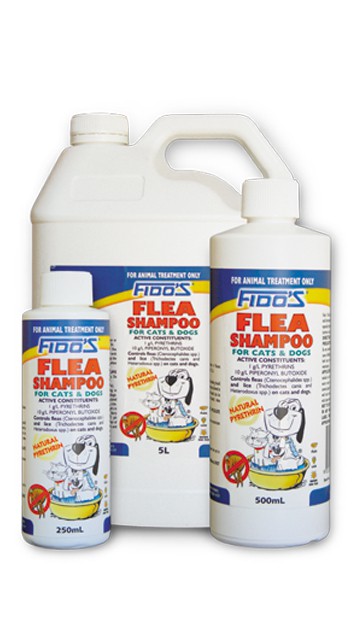CHAPTER NINETEEN
What the shop can stock
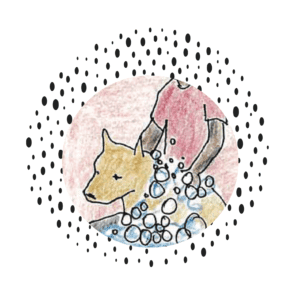
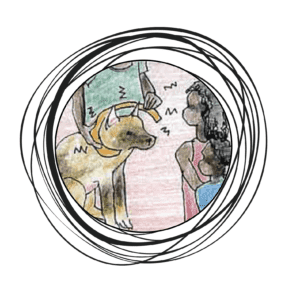
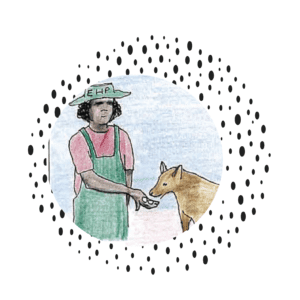
What the shop can stock
Some community shops do not stock good animal health products.
Access to affordable and effective animal health products is important so that animal owners can take responsibility for the health and care of their own pets.
This chapter is here to give you ideas of what the shop can stock.
As the EHP, you can work with your vet to decide on good animal health products to ask the shop to sell. You can also talk with animal owners and see what people want in the shop.
It may be a good idea to start with just a few animal health products people really want and then slowly bring more things in as animal health gets better.
AMRRIC also works with lots of different shops and can help you and the shop manager to order products that will suit your community, at affordable prices.
It’s important to know that not all animal medicines work the same – the ones the vet or AMRRIC recommend are good products that work well. Sometimes the shop might be selling other brands of animal medicines, but these don’t always do the job as well.
Promoting new animal health products
When new animal health products are brought into the shop, as the EHP, you and the shop staff will need to let animal owners know how to use them safely.
Signs and posters can be made up to go with the products. You can also talk with community about the new products and how to safely use them.
AMRRIC has educational resources which you can use to promote animal health products.
What if the shop can’t stock animal health products?
If the shop can’t stock good animal health products, you might like to stock some of these products in your office, and sell them to animal owners directly. The money made from selling the products can then be used to fund other parts of the animal health and management program.
If you choose to do this, you must think about:
-
- How much the medicine costs and will people buy them?
- The cost of freight.
- The need to keep records of stock in, stock out and profits.
- How GST will be claimed back. GST needs to be paid for most of the stock. The EHP needs to work out how they will get the GST back.
In some cases, the local council may deal with the paperwork and the EHP can deal with the sales.
Examples of good animal health products for the shop to stock
Dog and cat food
The community shop can stock a range of dog and cat foods.
Wet food comes in tins.
Dry food bag sizes can vary from 1 kg bags to 20 kg bags. The bigger bulk bags work out to be cheaper per meal than buying lots of smaller bags.
If the shop is thinking of stocking large bags of dry food, they will also need to think about selling metal garbage bins so people can store the food safely at home. The bins keep the food dry, and stop pests and rats eating it.
Did you know?
Owners can make shop-bought tin or dry dog food last longer, by feeding it with stews and cooked vegetables and rice. Just remember to tell owners not to feed dogs cooked bones, or small bones that the dogs might choke on. Fresh and raw cow leg bones that have some meat on them are a better choice.
Food for puppies and kittens
There are special types of dry foods for puppies and kittens.
These bags of food have more energy than adult food, and help puppies’ and kittens’ bones and muscles grow properly. They are also good for skinny animals that need to put on weight, and mother dogs or cats that are pregnant or making milk.
It is a good idea to get the shop to stock a few bags of puppy and kitten dry food.
The dry puppy food can be soaked with water to make is soft for very young pups or kittens.
Food for adults
There are many different types of adult dry food.
As well as having the cheaper dog and cat foods, it is a good idea to stock some better-quality pet food as well. These foods are a bit more expensive, but they have more oils in them and are better for keeping the animals’ skin healthy.
Here are some examples of some better-quality dog and cat foods that can be stocked in shops:
– Purina Supercoat®
– Optimum®
Food and water bowls
If dogs and cats have their own food and water bowls, they won’t have to eat from people’s food bowls.
Stainless steel bowls last longer than plastic ones. They can also be cleaned better.
Food Treats
People like giving their dogs treats. Food treats are good for:
-
- letting owners show their love for their dogs
- promoting animal welfare
- helping with training
Liver treats, pig’s ears and biscuit treats can be bought from pet food suppliers.
It’s a good idea for the shop to stock the small packets of dog treats (about 100 gm packs) for owners to buy.
The EHP may also want to have a bulk pack to reward dogs for taking their medicine.
Collars and leads
The shop can stock different sized leads and collars.
Nylon collars are better than leather ones, because nylon collars stay soft when they get wet.
Reflective collars are good for road safety at night.
Remember!
Before bringing collars into the community it is a good idea to talk to the children at school about not pulling dogs around by their collars.
It is also important that people keep checking to make sure the collar is not too tight on their dog.
It is important to make sure you can fit two fingers between the collar and the dog’s neck. This is very important when pups are growing quickly.
Toys
Some toys will help children and adults have more fun with their animals.
Having toys around for pups also helps to stop them chewing everyone’s shoes.
Dog toys. Photo courtesy of Glenn Campbell
Balls and frisbees are good play toys for dogs. Cats like to play with things that move, like toy mice that roll across the ground
Shampoos
Most dog shampoos are made for skin problems.
Good basic shampoos to stock in the shop are Triocil® or Malaseb®.
They both work against ringworm fungus and also kill bacteria.
Flea shampoos don’t work that well – they only kill the fleas that are on the dog at the time. They don’t clean up the fleas in the environment. So, after being shampooed, the fleas will jump on the dog as soon as they are dry.
Many of the flea shampoos are poisonous for cats so it is best not to shampoo cats.
One of the safer ones is Fido’s Flea Shampoo.
Worm, flea and tick medicines
There are lots of different medicines that kill worms, fleas and ticks on dogs and cats.
Some of these medicines also treat mange caused by scabies or demodex mites.
It can be confusing with so many different products on the market what treats what.
It is a good idea to talk to the vet or AMRRIC about which medicines to stock in the shop.
The following tables are a summary of some of the different types of medicines that the shop can stock to treat parasites in dogs and cats.
These tables are current as of December 2019, but new medicines are coming out all of the time.
Always talk to your vet about whether or not a medicine will suit your community. And always follow the instructions on the label (or the instructions from your vet) when giving the medicine.
Medicines that treat parasites in dogs
Tablets and chews that treat parasites:
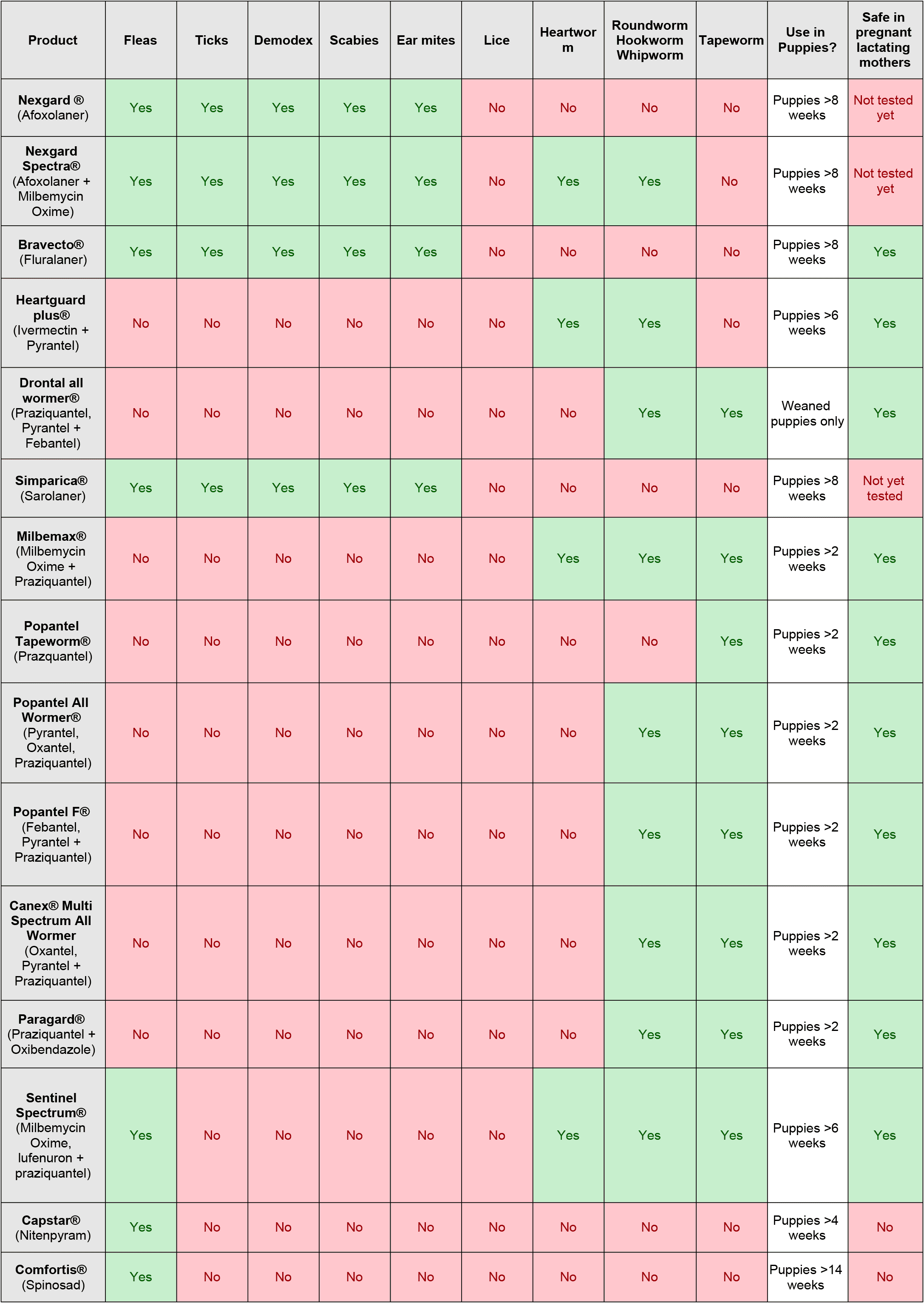
Medicines that treat parasites in dogs
Worming Syrups (for puppies and kittens):

Medicines that treat parasites in dogs
Spot-on medicines that treat parasites:
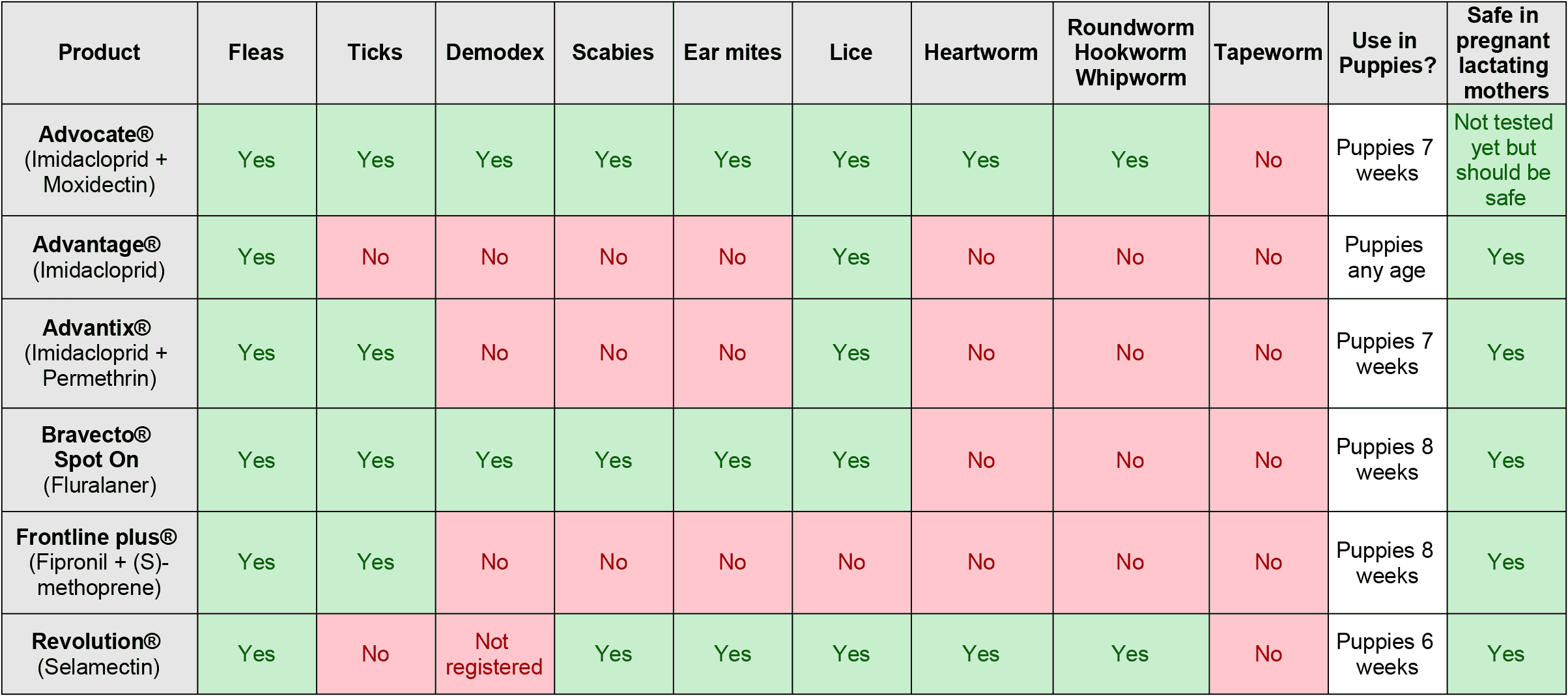
Medicines that treat parasites in dogs
Collars that treat parasites:
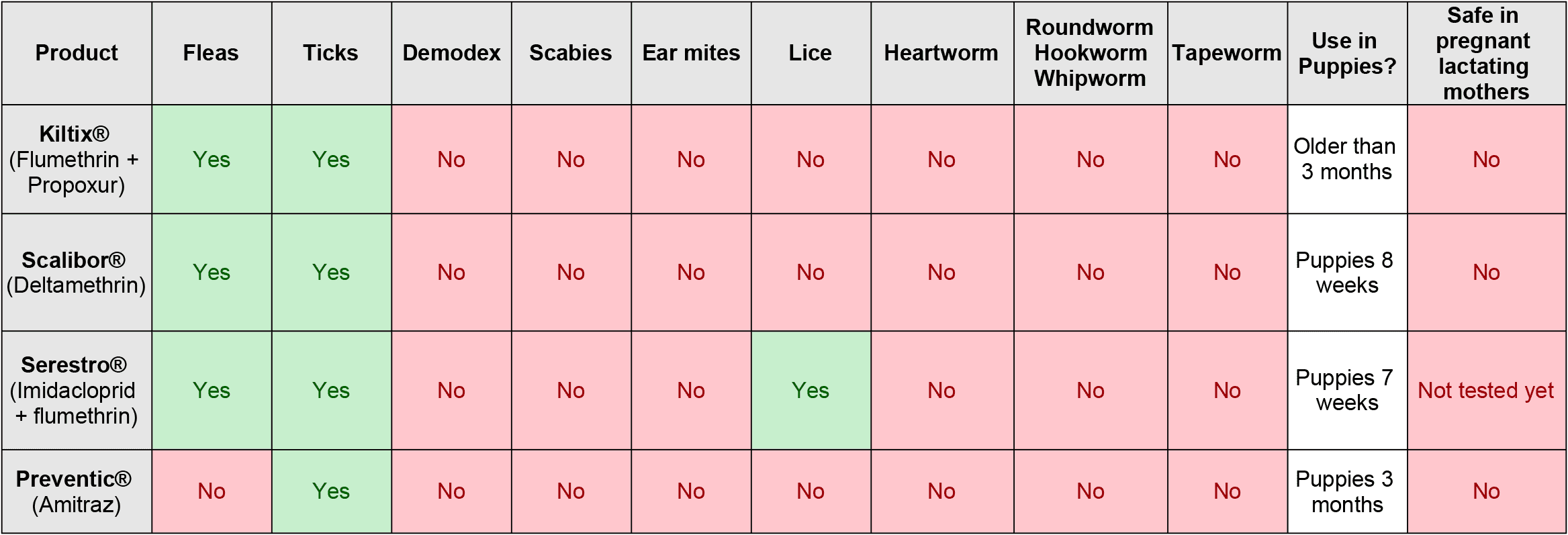
Medicines that treat parasites in cats
